Mark Winkler looks into the changing definition of what it is to be a man.
Men don’t cry, they don’t wear pink and they certainly aren’t vulnerable. But these stigmas are slowly changing.
If “What is manhood?” was asked fifteen to twenty years ago, most would’ve defined it as the seminal process of a boy becoming a man.
They would likely have punctuated this definition by saying a man is someone who provides and protects – and he does this without weakness (displaying emotions) or assistance.
But something shifted.
The winds of change ushered in a new millennia and with it came an emerging challenge to the established and widely accepted definition of manhood and masculinity.

The idea of the stoic man perched on a lonely mountain looking for threats to his family and friends. All while simultaneously providing sustenance for his village has slowly withered under the weight of its unsustainable foundation.
This definition is not fading quietly into the annuals of history though. Its roots are too embedded into the psyche of those who inherited this understanding of what manhood is to be uprooted overnight.
The inheritors and promulgators of this definition are both men and women. The promulgators, especially men, cling to the established definition because it offers security and grounding.
It allows them to walk their journey with certainty, or at least the illusion of knowing what their role or purpose in this quickly changing world.
A security not easily surrendered
A strong example of this was the huge numbers of social debates that ensued following the release of the Gillette commercial, a 1:48 second short film challenging the decades old definition of manhood and masculinity.
The primary message in the Gillette piece, rethinking the old definition of manhood, was heralded by many, especially those from and supportive of the #Meoo movement, as groundbreaking and aspirational.
Conversely, it was panned by a significant number of people as a cheap ploy to further undermine the foundational influence of “real men”. Men like actor James Wood and news pundit Piers Morgan sent swift condemnations of the advert calling it nothing more than an unwarranted assault on manhood and vowed, like many others, never to use Gillette again.
In fact, to date, the video has over 32 million views. Of those viewed, 80k liked the piece and 1.5 million disliked it. A popular watch maker, Edgar Watches, issued a response video to Gillette’s advert called What is a Man?
The commercial touted the traditional definition of manhood by showing images of men clad in their military and first respondent uniforms risking their lives to save others.
The bottom line message of this video was men and masculinity are good, not toxic.
Tony Porter, offers one important reason why many men struggle with disengaging from the ties of the old definition of manhood. Porter explained many men are trapped in what he terms ‘The Man Box.’
This proverbial prison, as Porter elaborates, prevents men from expressing their true range of feelings and thoughts. The only feelings and behaviors that are socially granted are anger, rage and aggression.
We see this demonstrated vividly in many competitive sports like football, boxing and Mixed Martial Arts(MMA). Devon Franklin in his book The Truth About Men tackles this subject as well. Franklin writes, “I believe every man truly wants to love and be loved.”
However, as men we aren’t taught how to love. Emmy nominated actor, Dondre’ T. Whitfield also addresses this topic. In his new book Male vs. Man Today, Whitfield endeavours to help men liberate from “The Box.”

Encouraging them to curate a life by using tools such as positive spiritual, emotional and psychological energies at home, work, and in their communities.
I asked Licensed Marriage and Family Therapist Thea Monyee what she thought was the primary mental and social benefits of being liberated from “The Box.”
It begins by understanding the purpose of the construct of gender itself, and by acknowledging the various ways different cultures have engaged the masculine and the feminine as a spectrum of energy that we can all tap into, regardless of genitalia. Men can access the same emotions as women, and vice versa.
Thea Monyee
I recently attended an event called Unmasking A New Decade sponsored by The Black Man Project that reflected one of the benefits Monyee mentioned above.
The event gathered a diverse group of 16 men to share in a bonding experience. This involved a level of openness, self-awareness and self-accountability not typically seen in spaces where men congregate.

This transformative moment guided me to understand more. The old narrative about manhood is ever evolving towards a definition that incorporates some of the previous traits such as protector and financial provider. However, it is also includes attributes like emotional provider, vulnerable and loving.
The debate continues
The conversation about manhood and masculinity will continue to evolve. As a father of three girls, one biological and two step daughters, I am encouraged to know this conversation/debate will continue to blossom.
Hopefully the outcome will be a safer and more peaceful world where everyone will feel free to authentically express themselves without fear of violence or reprisal.
Mark Winkler is an author, motivational speaker and co-founder of Fatherhood Circle. His new book, My Daughter’s Keeper, is available now from Amazon. For more articles from Mark visit markrwinkler.com.
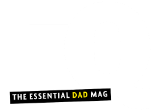

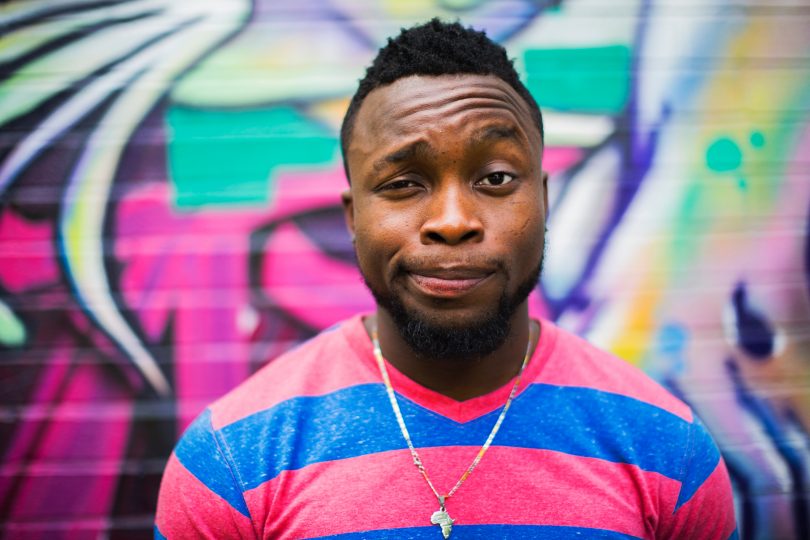











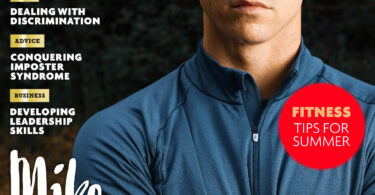

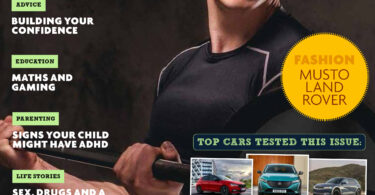









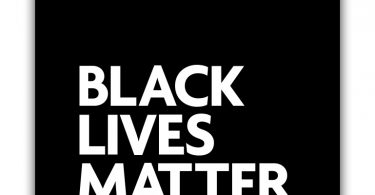


Leave a Comment
You must be logged in to post a comment.